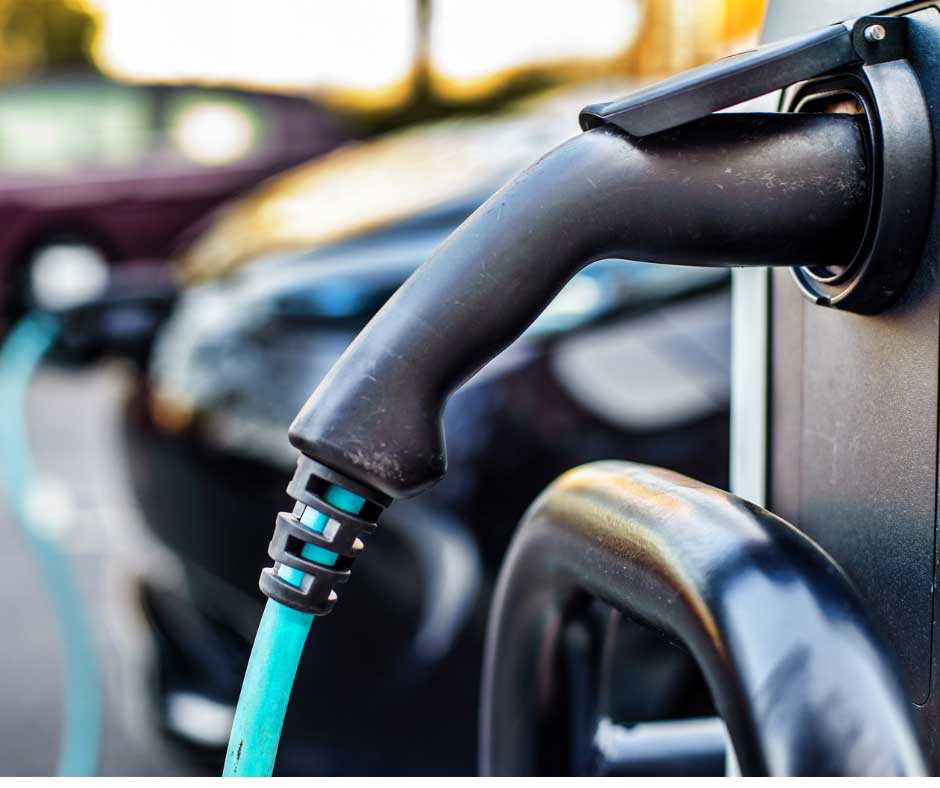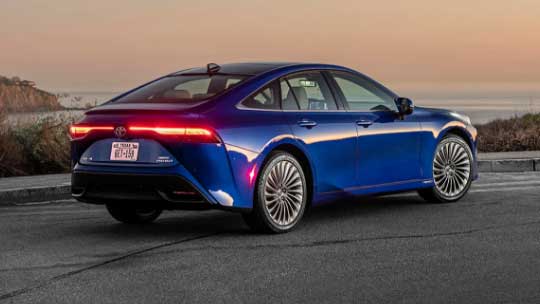From 912 stations to 7,300 by 2028: How the Philippines is building the backbone for electric mobility
The Philippines has transformed its electric vehicle charging landscape in just months. With over 1,100 active EV charging stations operational nationwide as of August 2025—up from 912 stations in March—the country is rapidly building infrastructure to support widespread electric mobility adoption.
Ambitious National Targets
The Department of Energy has set a target of 7,300 electric vehicle charging stations nationwide by 2028, following the Comprehensive Roadmap for the Electric Vehicle Industry. This six-fold increase from current levels will happen over just three years.
New regulatory guidelines establish installation and safety standards for charging stations, particularly DC fast chargers. Strategic placement focuses on gasoline stations, public parking facilities, and high-traffic urban centers to address range anxiety concerns that often prevent EV adoption.
The approach recognizes that Filipino drivers need convenient, reliable access to charging infrastructure before making the switch to electric vehicles. By integrating charging stations into existing fuel station networks and popular destinations like malls, the infrastructure becomes part of familiar routines rather than requiring new behaviors.
Private Sector Leadership Drives Growth
ACMobility leads the expansion with over 90 charging locations and plans to reach 2,500 charging points by 2026. Their partnership with Shell Pilipinas created the “Philippine EV Spine”—a backbone network connecting major cities with DC fast chargers at over 100 Shell stations.
This spine network enables long-distance travel across the archipelago, from northern Luzon through Metro Manila to Mindanao. The strategic corridor approach means EV owners can plan cross-island road trips with confidence, while logistics companies can consider fleet electrification for inter-city operations.
Other major players contribute significant capacity. Mober opened the country’s largest commercial EV hub in Pasay, targeting fleet services. SM Prime Holdings expands charging facilities at malls nationwide with plans for over 50 new stations. As of August 2025, 186 DOE-accredited charging station providers operate across the ecosystem, creating healthy competition and diverse service options.
Modern Technology Solutions
Today’s charging stations offer both AC and DC options, with fast-charging technology capable of reaching 80% battery capacity in under 30 minutes. This speed reduces the time commitment required for charging, making EVs more practical for busy Filipino drivers.
Mobile apps like ACMobility’s EVRO and universal access solutions help drivers locate available stations, reserve charging slots, and handle payments seamlessly. These digital tools are particularly valuable for trip planning and reducing uncertainty about charging availability.
The technology integration addresses practical concerns that often prevent EV adoption. Real-time station availability, advance reservations, and integrated payment systems make charging as convenient as filling up with gasoline.
Geographic Distribution and Coverage
Metro Manila remains the infrastructure center, with Makati City hosting over 70 charging points across 16 locations. The concentration in business districts serves corporate fleets and urban commuters who represent early EV adopters.
Outside the capital region, Cebu City operates 14 charging points while Davao City has at least 7. Cities in the Bicol region including Legazpi, Naga, and Sorsogon are developing their networks. This geographic expansion is essential for enabling inter-city travel and supporting EV adoption beyond urban centers.
The network now supports travel across major routes, but rural areas still have limited coverage. Continued expansion will focus on filling these gaps to enable nationwide EV adoption.
Grid Integration and Renewable Energy
Infrastructure development coordinates with grid capacity planning to prevent power system overloading as charging demand grows. Integration of the Charging Infrastructure Development Plan with the Distribution Development Plan optimizes grid capacity and minimizes infrastructure risks.
A new DOE policy allows charging providers to source electricity from renewables and Green Energy Option programs. This supports the transition toward 100% renewable-powered EV charging by 2040, ensuring that environmental benefits of electric vehicles are maximized through clean electricity sources.
Companies like ACMobility demonstrate renewable integration through solar installations and green energy contracts. This approach helps maximize the environmental benefits of electric vehicles by ensuring the electricity powering them comes from clean sources.
Reducing Range Anxiety
The expanded network measurably reduces range anxiety in urban areas and major travel corridors. Current EV drivers report fewer concerns about finding charging points, with urban travel patterns well-served by existing coverage.
Fast-charging technology and navigation apps continue reducing psychological barriers to EV adoption. When drivers can charge to 80% capacity in 30 minutes and easily locate stations through mobile apps, electric vehicles become practical for daily use and longer trips.
Challenges remain outside major cities where stations are scarce, requiring careful trip planning for inter-regional travel. However, ongoing corridor network development addresses these gaps systematically.
Building the Electric Future
With nearly 1,100 stations operational and expansion plans through 2028, the Philippines is creating infrastructure for widespread EV adoption. The coordinated effort between government policy, private investment, and technological innovation builds a resilient charging network designed for local driving patterns and conditions.





